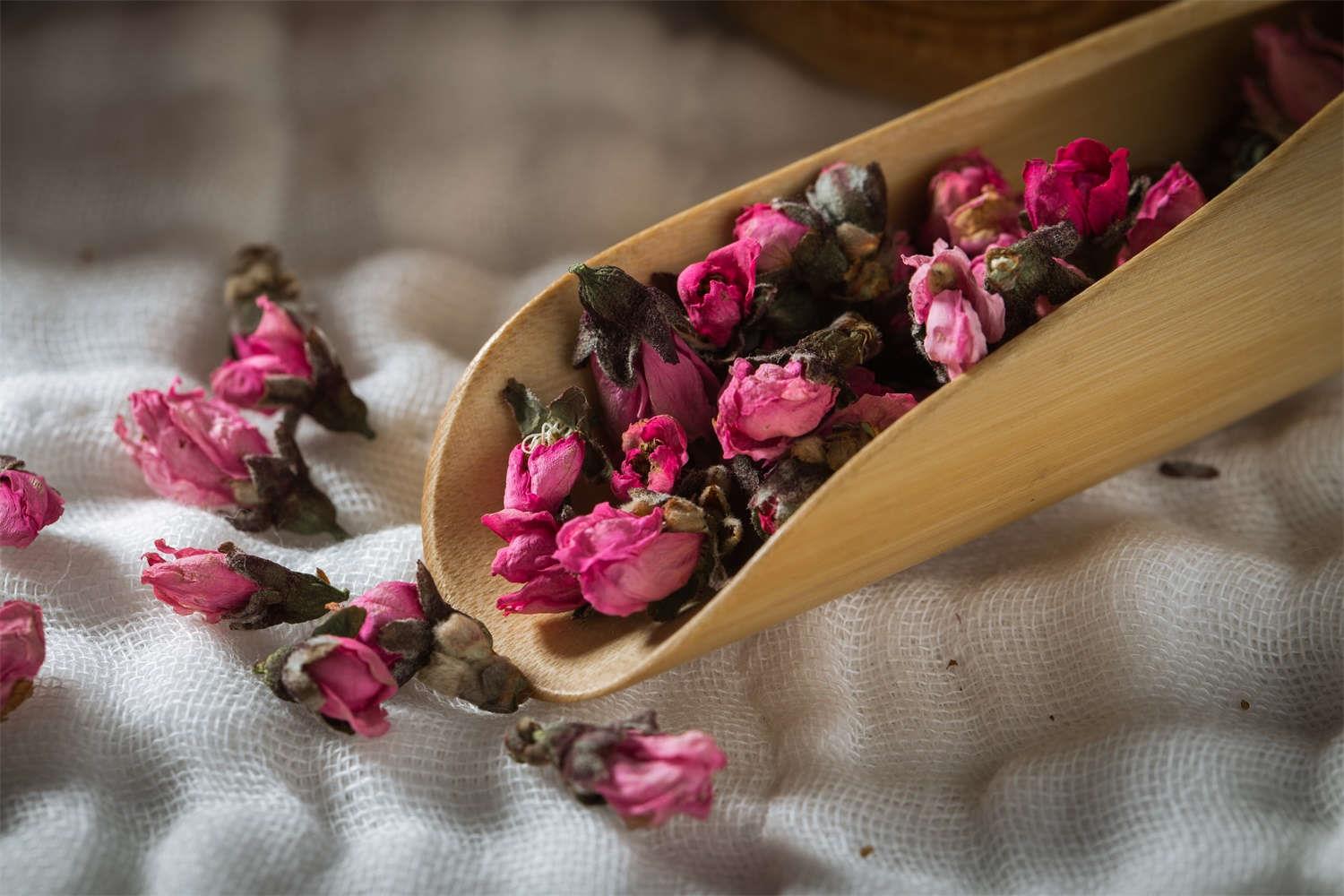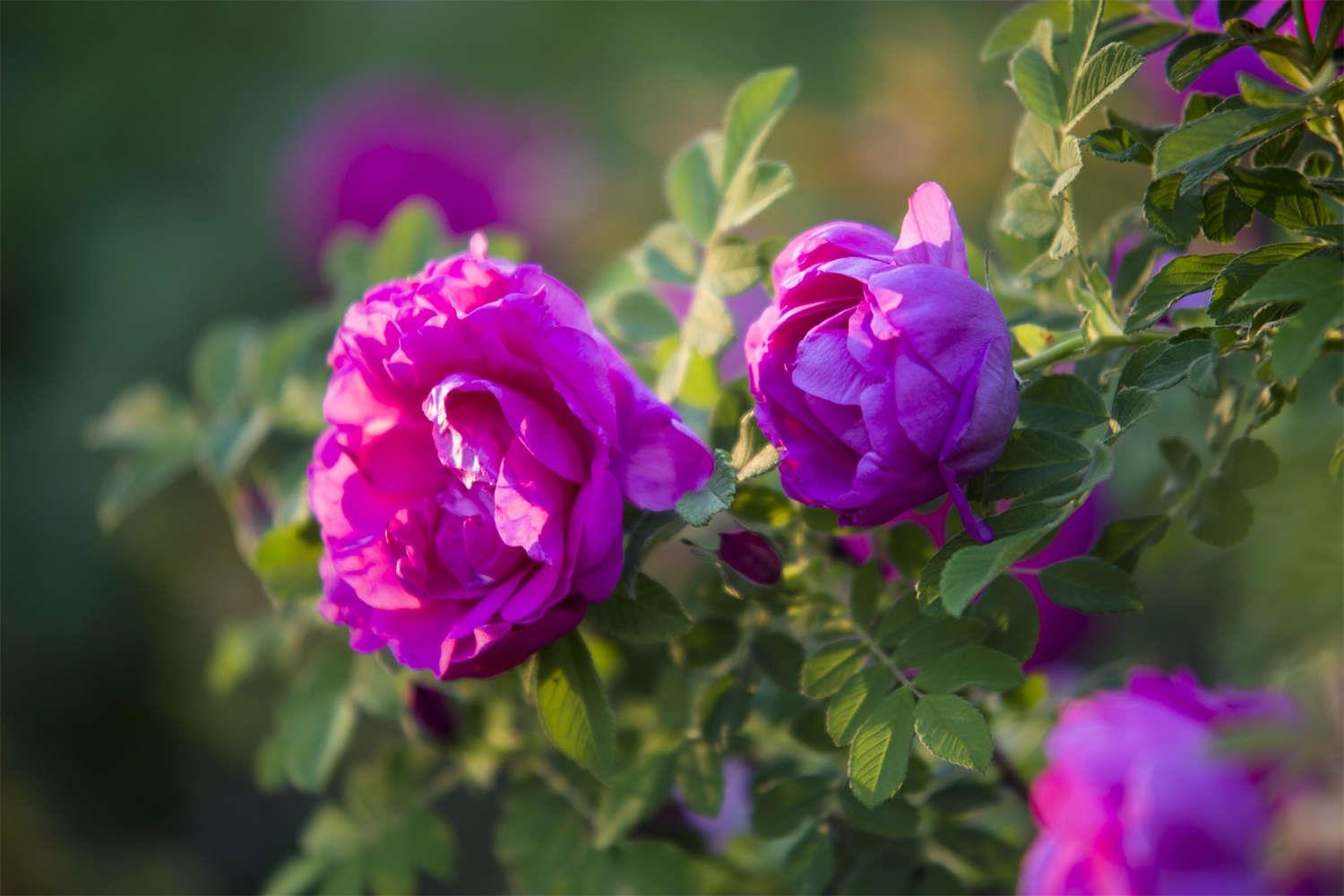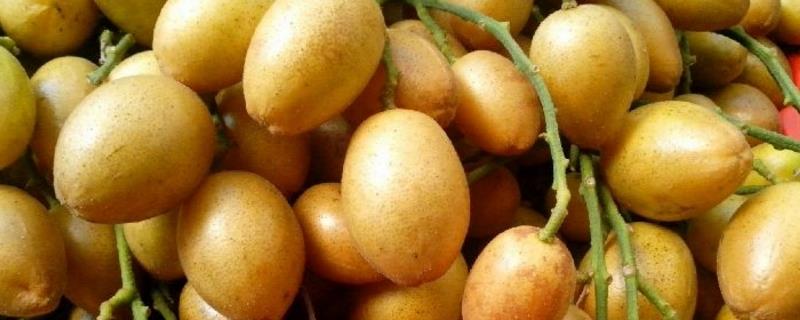How to grow roses
Last Update :2024.05.13
Article Catalog
Rose should be grown in loose and fertile soil, with a little base fertilizer added to provide nutrients. Maintain adequate lighting every day, but avoid direct sunlight. As the temperature rises during the growing season, watering should also increase. Fertilizer is mostly applied during the growth period, and fresh fertilizer and water should be applied every 10 days. Propagation is generally done by cuttings, which has a high survival rate. If you suffer from pests and diseases, you need to remove diseased branches and leaves and spray them with pesticides.

1. Maintenance methods
1. Maintenance methods
1. Soil: Roses do not have high soil requirements and can grow in neutral, slightly alkaline and slightly acidic soils. In order to promote its development, a certain amount of base fertilizer can be added to the soil to provide it with certain nutrients.
2. Light: Roses are suitable for growing in an environment with sufficient light. Leaving it in the shade for a long time will cause it to grow poorly, causing the plant to become thin and the leaves to turn yellow and fall. But also avoid exposure to strong light, which can cause sunburn to the leaves and flowers.

3. Watering: The growth of roses cannot be separated from adequate watering. of moisture. Water when the surface of the potting soil turns white, and keep the substrate moist. During its growth period, as the temperature rises, the amount of water should be increased. It is not advisable to water too much during the dormant period, otherwise it will cause root flooding.
4. Fertilization: Roses have a greater demand for fertilizer. During the growing period, water with light fertilizer should be poured every ten days. Fertilizer should not be applied during the flowering period and winter. However, liquid fertilizer should be applied once after the flowers fade to replenish nutrients, and organic fertilizer should be applied before winter to survive the winter.

2. Reproduction skills
Rose There are many methods of propagation, including sowing, cuttings, grafting, high pressure, etc. Among them, cutting is more convenient and has a high survival rate. Generally done in autumn and winter, choose strong growing branches and retain a few buds and upper leaves. Insert the branches into loose and moist soil and keep it at 18-25°C. Roots will take place in one month.

3. Pest and disease control
1 , Diseases: Common diseases include black spot, powdery mildew, etc. Diseased branches and leaves need to be cut off and sprayed with carbendazim for disinfection. Pay attention to ventilation during daily maintenance to avoid bacterial growth.
2. Pest pests: aphids and plants are the main pests. After removing the pests, spray omethoate to kill the larvae.
2. Reproduction skills
3. Pest and disease control
- END -
Cultivation methods and precautions for yellow peel fruit

Soil: Huangpi fruit likes loose, fertile and moist soil. Sandy loam soil has good ...
Introduction to strange plants in the world

1. Rafflesia: Rafflesia is the largest flower in the world. When it blooms, it emi...